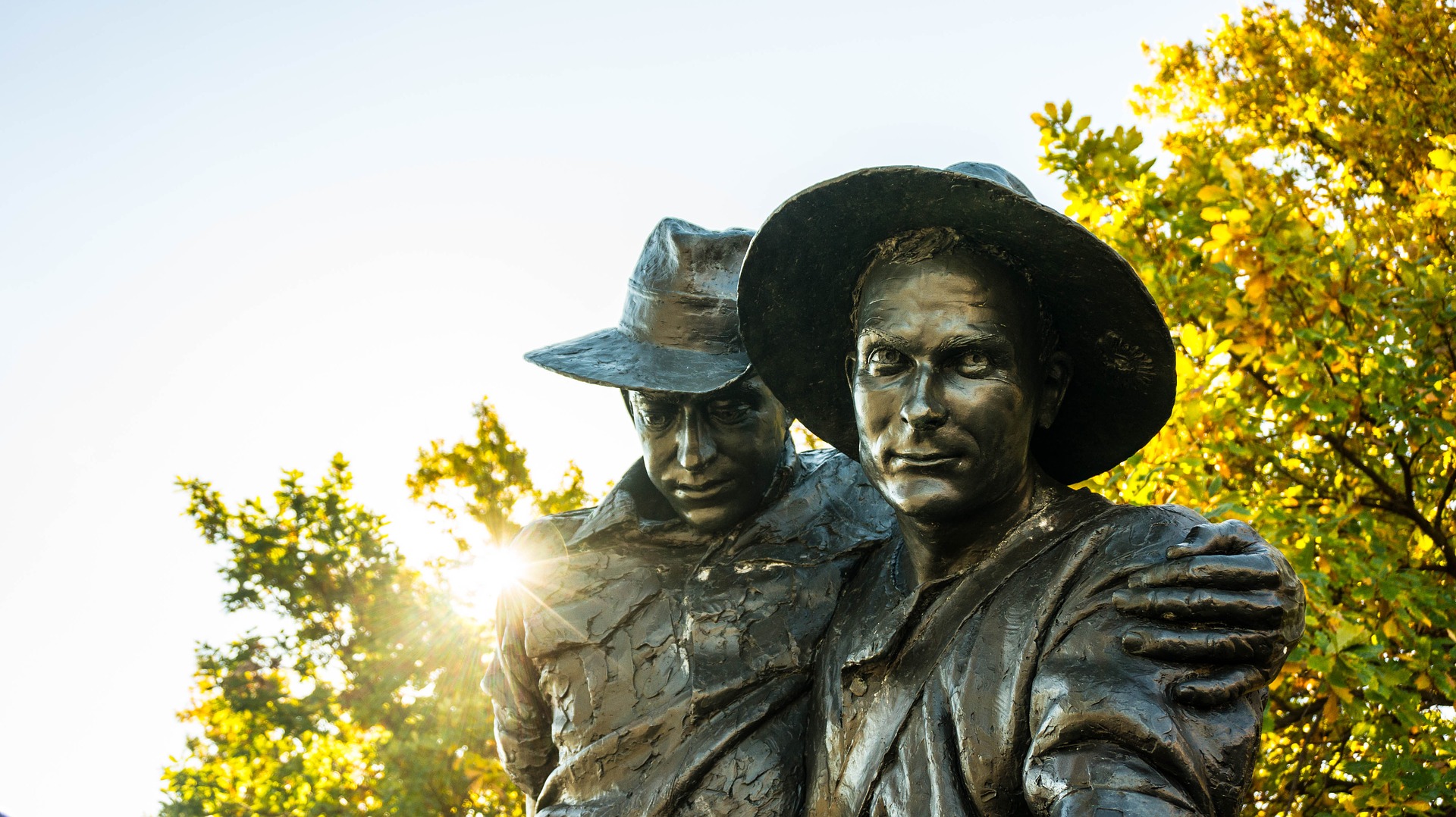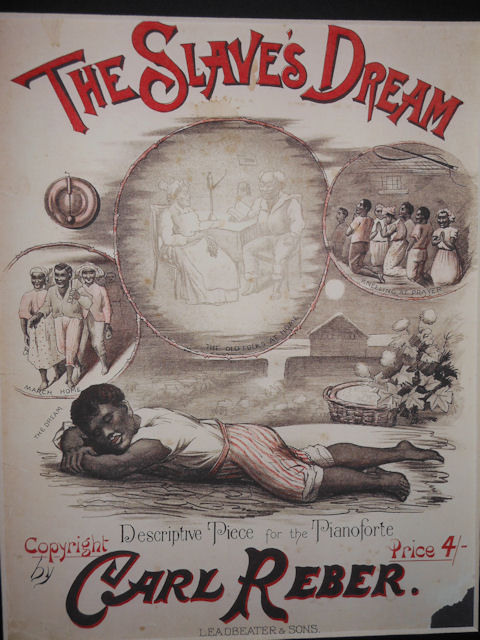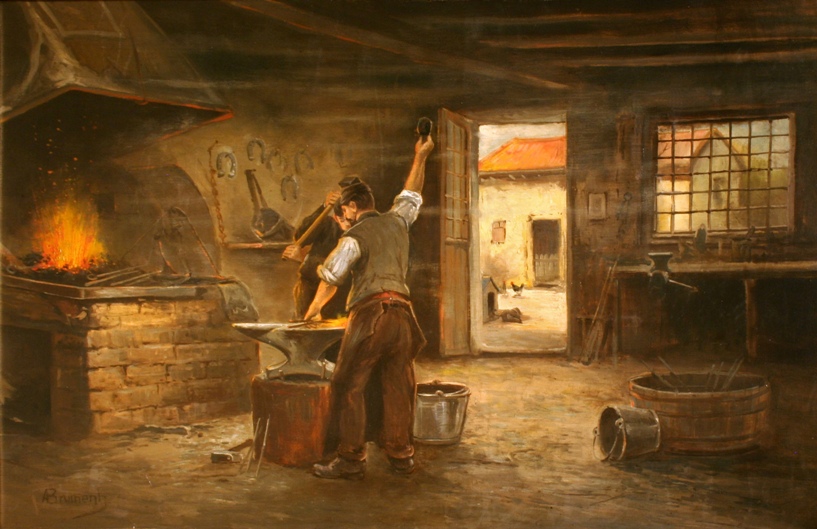H.W Longfellow- The American poet and educator, Henry Wadsworth Longfellow (1807-1882), was from Portland, Maine. His life had witnessed uneventful death of his two wives, which left him heartbroken. Longfellow’s name can be found amongst the five Fireside Poets. The gentle poet of 19th century became the first American writer to translate Dante Alighieri’s Divine Comedy. Voices of Night (1839) and Ballads and Other Poems (1841) were the first two major poetry collections of Longfellow. His lyric verses had an impressive musical quality along with the theme of different mythological stories and legends looming in it. He died after enduring long days of pain from peritonitis on March 24, 1882.
Setting of The Tide Rises, The Tide Falls-
This poem belongs to Longfellow’s final collection of poetry, “Ultima Thule”. The literal setting of the poem is a typical seashore. But the figurative one being approaching death, the poem holds the reader in its grip until the end. It was written in 1879, three years before the poet’s own death. Hence, a connection can be derived in this sense too.
Poetic Devices in The Tide Rises, The Tide Falls-
Anaphora: “And the tide rises, the tide falls”, “…the sea, the sea…”
Repetition: “calls”, “sea”, “traveller”, “darkness”
Personification:
Line 7- “But the sea, the sea in the darkness calls”
Line 8- “The little waves, with their soft, white hands”
Metaphor:
“The twilight”- the final days of mortal life
“The traveller”- a person whose end is near
“The sea”- the death
Style-
The tide rises, the tide falls, (A)
The twilight darkens, the curlew calls; (A)
Along the sea-sands damp and brown (B)
The traveller hastens toward the town, (B)
And the tide rises, the tide falls. (A)
Darkness settles on roofs and walls, (A)
But the sea, the sea in the darkness calls; (A)
The little waves, with their soft, white hands, (C)
Efface the footprints in the sands, (C)
And the tide rises, the tide falls. (A)
The morning breaks; the steeds in their stalls (A)
Stamp and neigh, as the hostler calls; (A)
The day returns, but nevermore (D)
Returns the traveller to the shore, (D)
And the tide rises, the tide falls. (A)
Longfellow is known for his experimentation with poetic structure and form. This poem is one fine example of such a trial. The poem has no fixed meter, but an irregular iambic tetrameter is seen. The first line of the poem is regularly repeated at the end of each stanza giving the poem an external rhyme of AABBA. It is slightly a rondeau with 15 lines, a refrain and a rhyme scheme. The poem is a combination of the binaries- regularities and irregularities. Like frequent, concurrent rising and falling of tides, the poem has a link between stability and instability.
Summary of The Tide Rises, The Tide Falls-
The scene is quite vivid. The speaker is at some high plane, acting like a keen observer of the surroundings. As the speaker looks at the oceanic beauty of tide rising and falling, he realises that twilight is finally and slowly approaching, from the call of the shore – the bird curlew. During this late evening, a lone traveller is found to be walking on the “damp and brown” sands, hastening towards the shore. As time passes, darkens starts to engulf the whole town. However, the sea is still awake and slowly erases the footprints made by the traveller on the sand one by one. The tide keeps rising and falling throughout the night. Soon the night paves way for the dawn. The horses are away and let their presence known to the world around them, corresponding to their master’s call. Yet again, it is another day and as the routine goes, the traveller returns to the shore as the tide rises and falls.
Critical Analysis of The Tide Rises, The Tide Falls-
The allegory of death in the poem goes through three different definitions. The first stanza speaks about death as an approaching guest. The traveller who is old and at the end of his prime years, is moving towards the twilight of life. The final call is the clear indication towards the onset of death in his life. All the indications are being laid out to him clearly, yet he tries to run away from them.
As we move on to the second stanza, we find that the traveller is finally accepting his fate. He is unable to resist the call of death. By coming in terms with death, he lets his memories get washed away from this world. He slowly takes the “white hands” of death to move ahead. There is neither resistance nor denial. He accepts death as a factual event of life.
With the acceptance of death, there arrives a new dawn in life. The one with more vigour and enthusiasm. The surrounding is different and yet is familiar. It is as though the day had taken a whole roundabout cycle and returned to where it was left off. The traveller finally returns to his abode with the tides of insecurities, betrayal, affection and all the worldly emotion falling up and down in the backdrop.
Central Idea of The Tide Rises, The Tide Falls-
The title of the poem clearly directs the reader towards the theme of the poem. The rise and fall of the tide is an indication towards the ups and downs of life. Life and death are part of an intricate cycle. Once born, the event of death is inevitable. One has to accept this truth of life come what may and welcome death without any hesitation, for death is just a new beginning.
Tone of The Tide Rises, The Tide Falls-
The poem is very dark in its tone with the speaker giving the readers the image of a person whose death is approaching. Though the reference of death is made in an allegoric manner, the symbols used –“twilight”, “curlew calls”, “darkness calls”, “white hands” and so on, gives a clear-cut idea of what the poem intends to convey. The looming death and the approaching traveller, both give a morbid sensation to the entire poem. The tone is set in a manner it shifts from a stable emotion to the unstable with an ease.
Conclusion- The Tide Rises, The Tide Falls is an allegoric poem that speaks about different stages of death. Death is an inevitable part of life, but how an individual welcomes it differ from person-to-person. There are people who try to run away from impending death and there are those who welcome it like a good old friend. Longfellow indirectly points at the fact that death is not the end, but a beginning. Death shall eventually erase the fragments of one’s memory left in the world eventually. However, once the door of this world closes unto you, the one to other opens for you. One shall always get to find a new shore in this journey of death and once again “the tide” shall “rise” and “fall”.
Some online learning platforms provide certifications, while others are designed to simply grow your skills in your personal and professional life. Including Masterclass and Coursera, here are our recommendations for the best online learning platforms you can sign up for today.
The 7 Best Online Learning Platforms of 2022
- Best Overall: Coursera
- Best for Niche Topics: Udemy
- Best for Creative Fields: Skillshare
- Best for Celebrity Lessons: MasterClass
- Best for STEM: EdX
- Best for Career Building: Udacity
- Best for Data Learning: Pluralsight














